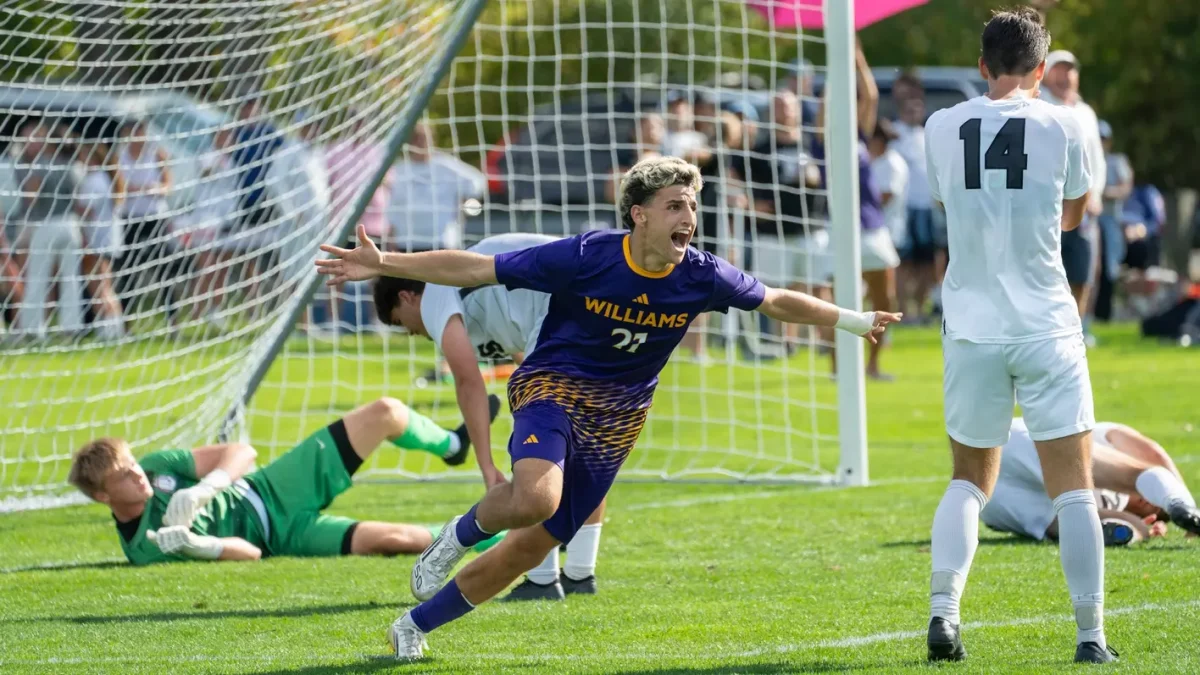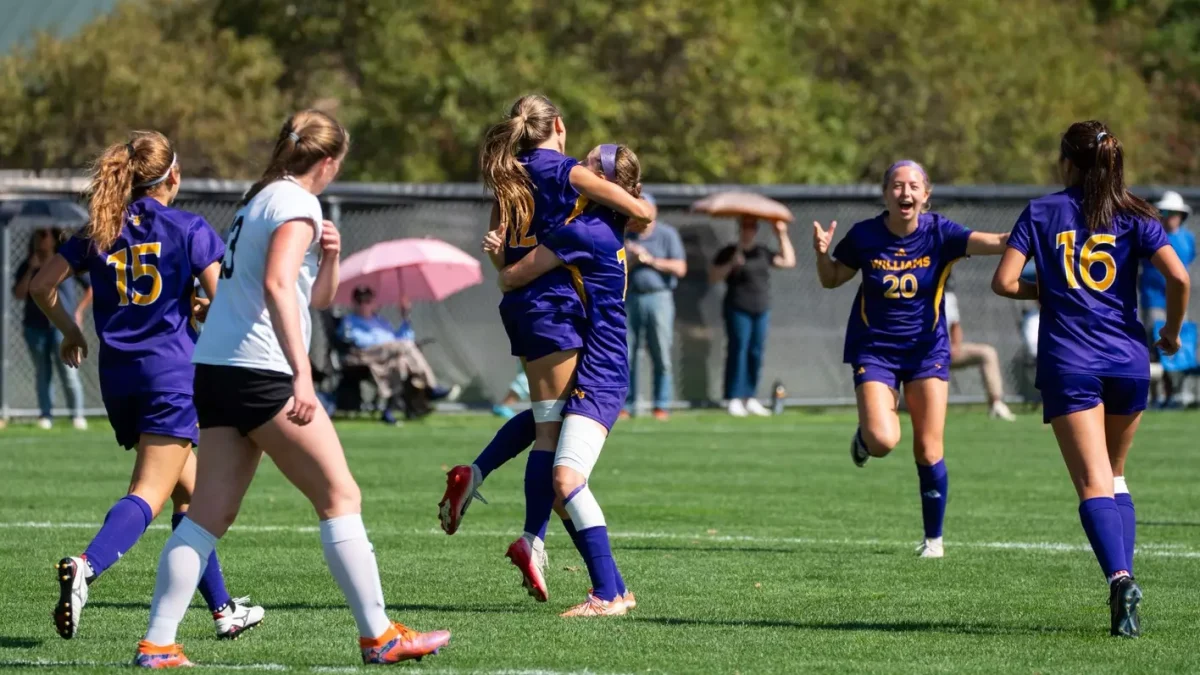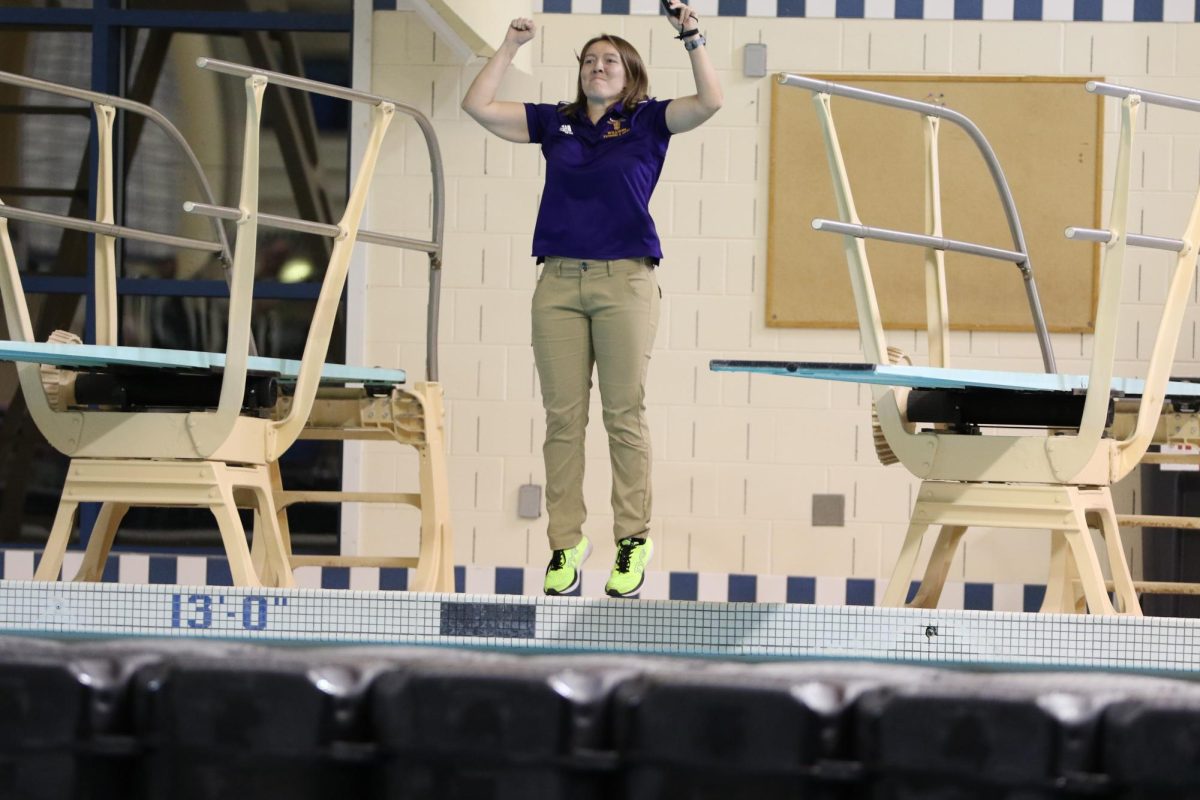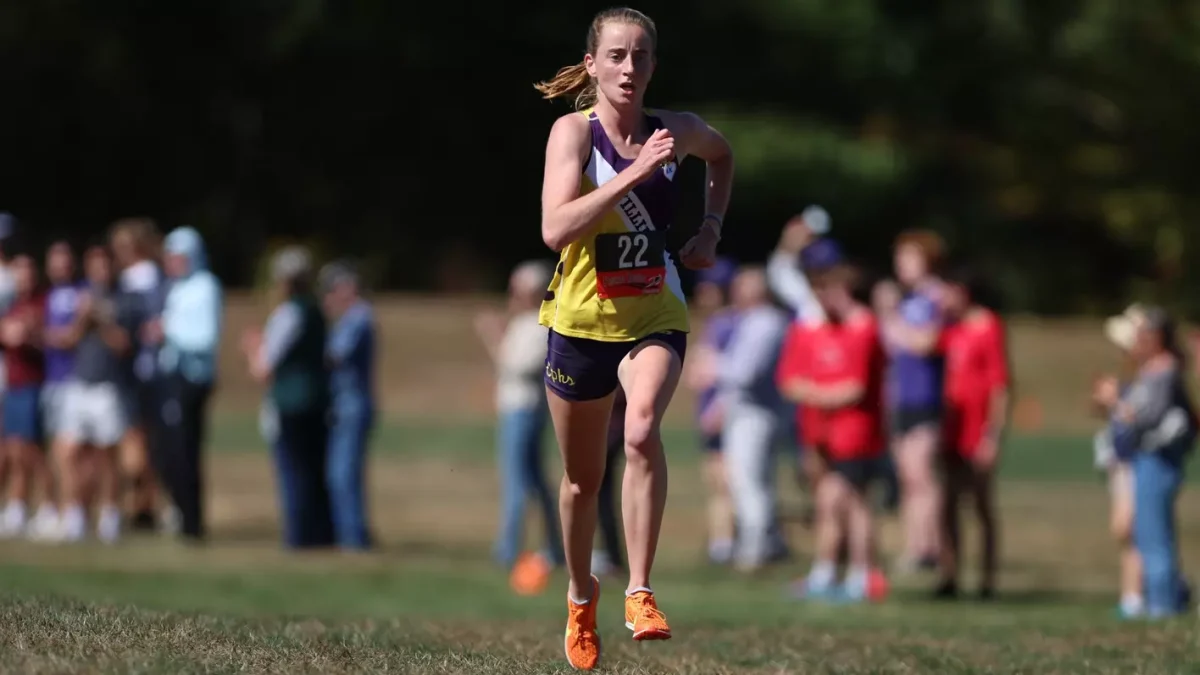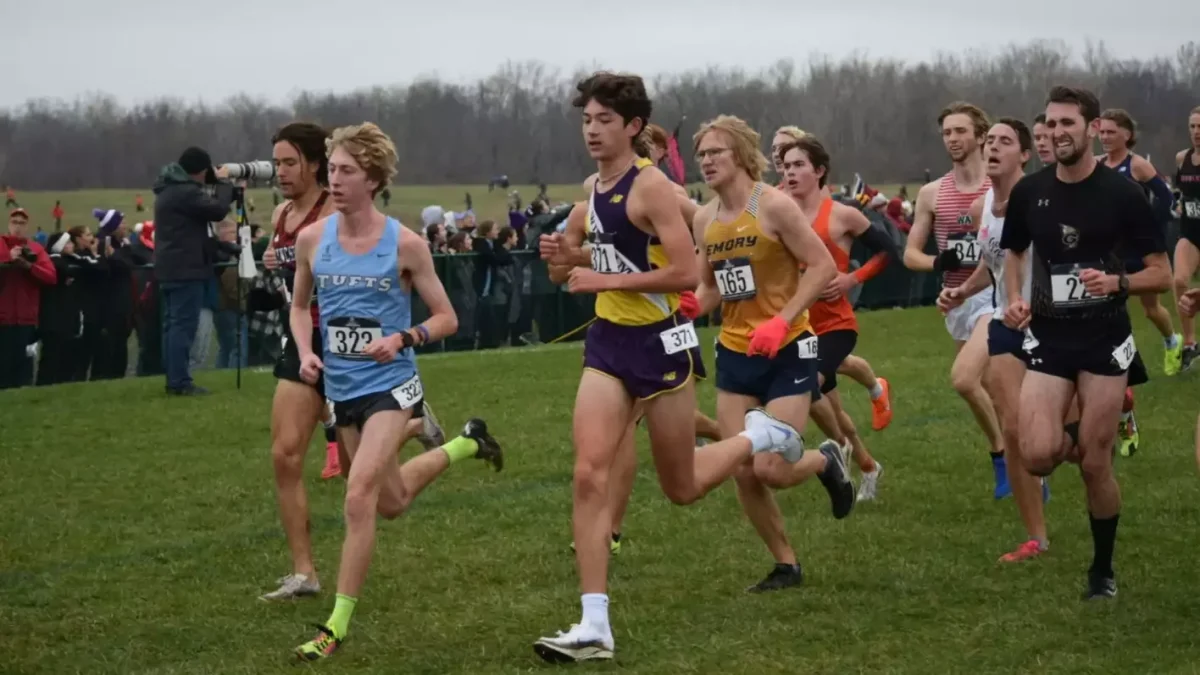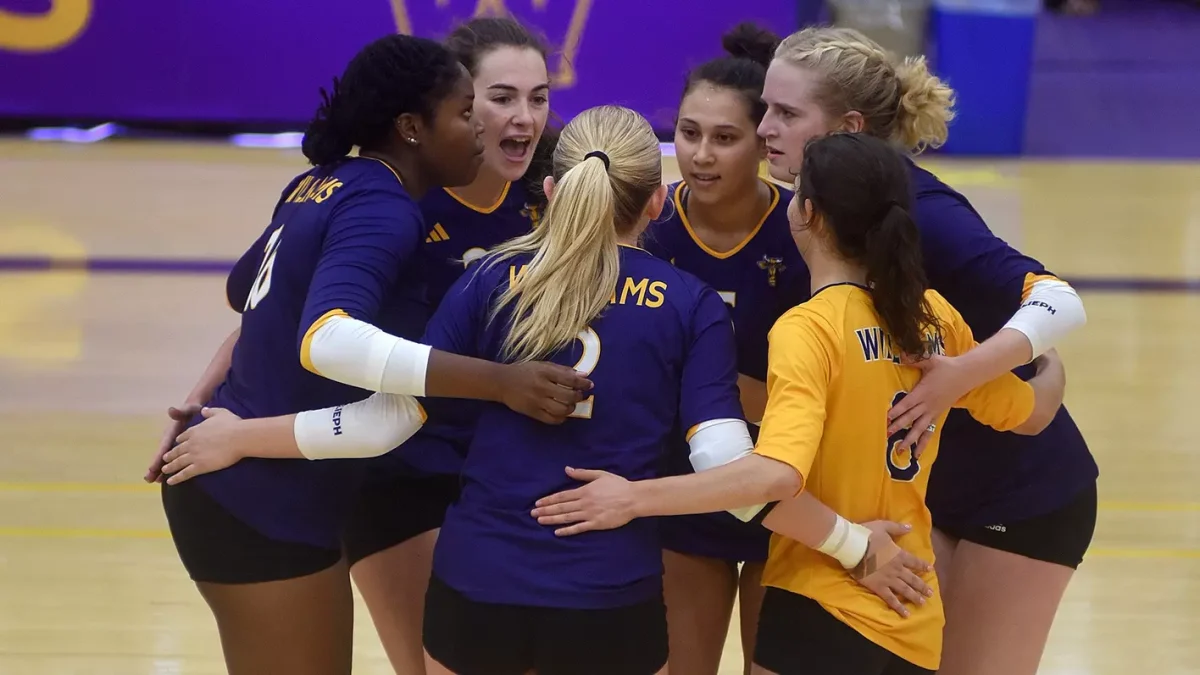In the 1950s, the National Collegiate Athletic Association (NCAA) coined the term “student-athlete” as part of a campaign to affirm that collegiate athletes were students first and foremost and, therefore, had no claim to the multi-billion dollar business of Div. I athletics. The College has long championed the term, as a symbol of the duality of those who pursue both academics and athletics on campus.
To Eph softball head coach Kris Herman, however, it is deeply flawed. Herman, who came to the College in 2003, believes the hyphenated term feeds into the myth that athletic involvement diminishes an individual’s role as a student. She would rather use the words separately, to describe the given role being fulfilled at a specific time.
“It’s not about a separation as much as it’s about a compartmentalization,” Herman said. “To say, that kid is a student-athlete [in an academic setting] diminishes his student-ness in the moment.”
Lisa Melendy, the College’s athletic director, sees the combined term as central to the Athletic Department’s mission. “To me, there is something [the phrase] is trying to capture, in that there are two parts of their identity that are important to them,” she said. “They are students first. It is a visual representation of that.”
Professor of History and men’s soccer faculty affiliate Magnús Bernhardsson does not find the phrase inaccurate, but takes issue with the NCAA’s motivation in crafting it. “I think this term is used and abused by the NCAA to profit from student athletics in big-league collegiate sports without compensating the athletes,” he said. “They are the only ones not benefiting financially from this.”
In the context of Div. III collegiate athletics, Bernhadsson does not find the term particularly helpful. “For me, the students-athletes at Williams are students, period,” he said. “I only view them as students and do not give them any special or different consideration than other students who may or may not have significant extracurricular commitments.”
This, in part, is Herman’s contention with the term. “I agree that the idea of a student-athlete is amazing. We want people to succeed and be proficient in many areas of life,” she said. “But we don’t say student-musician or student-thespian or student-writer.”
Men’s golf co-captain Sam Goldenring ’20 dislikes the term because of the reduction it implies. “It seems to minimize the college experience into only two groups: academics and athletics,” he said. “There is so much more to the college experience than solely those two groups.”
For Herman, the hyphenated term also places an extra burden on student-athletes, suggesting that they must simultaneously embody both roles, instead of just focusing on whichever is at hand. Especially given the College’s division of the day rule, which dictates that academic and athletic schedules should never interfere.
“Being able to separate is really important,” Herman explained. “It’s important for mental health in general, and it’s important for performance, at both angles. If you’re in class and you’re just thinking about the game, you’re not being the best student you can be. If you’re at practice and just thinking about homework, you’re not being the best athlete and teammate you can be.”
Many student-athletes on campus, however, regard athletic commitment as a constantly present factor in their academic lives. “They’re so intertwined,” women’s soccer co-captain and SAAC co-president Liz Webber ’20 said. “There are skills that I have from being a part of a sports team that I can also apply in the classroom. Likewise, what I have learned in the classroom I can take to my team.”
“To me, being a student athlete means constantly pushing myself in new ways – athletically, academically, in my ability to be organized, but having a built-in support network of strong women to struggle and celebrate with me,” Annabelle Feist ’20 explained. “It also means that I have an extra avenue through which I learn skills to apply to my academics and life.”
After suffering from a back injury during her freshman year, Feist became increasingly aware of her physical well-being, which “prevents the impact of athletics from ever being far away.”
While she doesn’t consider being an athlete to be a defining part of her identity, Feist acknowledges the impact her athletic experience has on her day-to-day life as a student. “I try to not think about upcoming practice when I am in class, but needing to take care of my body so I can perform [athletically] is constantly a part of how I view and interact with the world,” she explained.
This interplay is, to Melendy, the core of Eph athletic programs and the reason many student-athletes come to the College. “If you just want to be an athlete, this is not the place for you,” she said. “If you want to be a student-athlete, this is arguably one of the best places for you.”
To Goldenring, both identities are mutually dependent, requiring the other to exist fully. “If the emphasis on the ‘student’ aspect lags behind, the ‘athlete’ simply can’t perform at their peak level especially at a place like Williams,” Goldenring said. “This, at least, has been the case for me.”
The term “student-athlete” can, however, carry negative connotations about one’s level of intellect or academic focus, Herman said. “Students feel like sometimes professors think of them as athletes, and that’s a negative thing,” she said.
Webber acknowledged the stereotypes that sometimes come with disclosing athletic involvement. “I know that in classes, other student-athletes don’t talk about playing sports because they don’t want to create a rift between them and their peers,” Webber said. “I think that that sentiment speaks to the student-athlete divide that exists on campus.”
Feist said she has experienced this first-hand, explaining, “Some people change how they view me when they find out I was recruited because they think that means I wasn’t smart enough to get into Williams on my own.”
To Melendy, however, athletics can provide students with an opportunity to employ academic skills and develop their own intellectual curiosity. “This is a place where if you tell players to ‘jump,’ they are not going to say ‘how high,’” she said. “They are going to say, ‘Why? Can you talk to me about that? I know we have to jump, but I want to understand the point of it.’ These students want to be intellectually engaged in their training, they want to understand it.”



